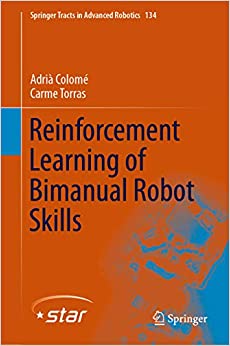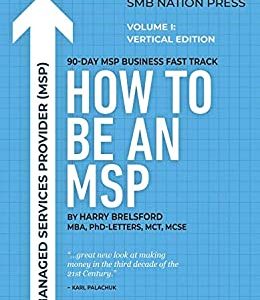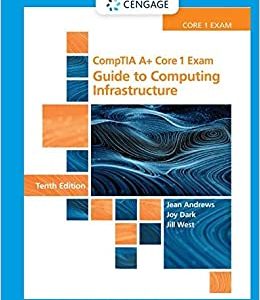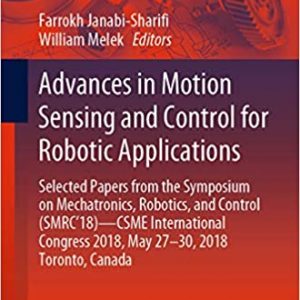The first part describes how to build an integrated system, capable of properly handling the kinematics and dynamics of the robot along the learning process. It proposes practical enhancements to closed-loop inverse kinematics for redundant robots, a procedure to position the two arms to maximize workspace manipulability, and a dynamic model together with a disturbance observer to achieve compliant control and safe robot behavior.
In the second part, methods for robot motion learning based on movement primitives and direct policy search algorithms are presented. To improve sampling efficiency and accelerate learning without deteriorating solution quality, techniques for dimensionality reduction, for exploiting low-performing samples, and for contextualization and adaptability to changing situations are proposed.
In sum, the reader will find in this comprehensive exposition the relevant knowledge in different areas required to build a complete framework for model-free, compliant, coordinated robot motion learning.
Product details
- File Size: 54147 KB
- Print Length: 182 pages
- Publisher: Springer; 1 edition (August 27, 2019)
- Publication Date: August 27, 2019
- Language: English
- ASIN: B07X43WQLW
- Text-to-Speech:
Enabled

- Word Wise: Not Enabled
- Lending: Not Enabled











